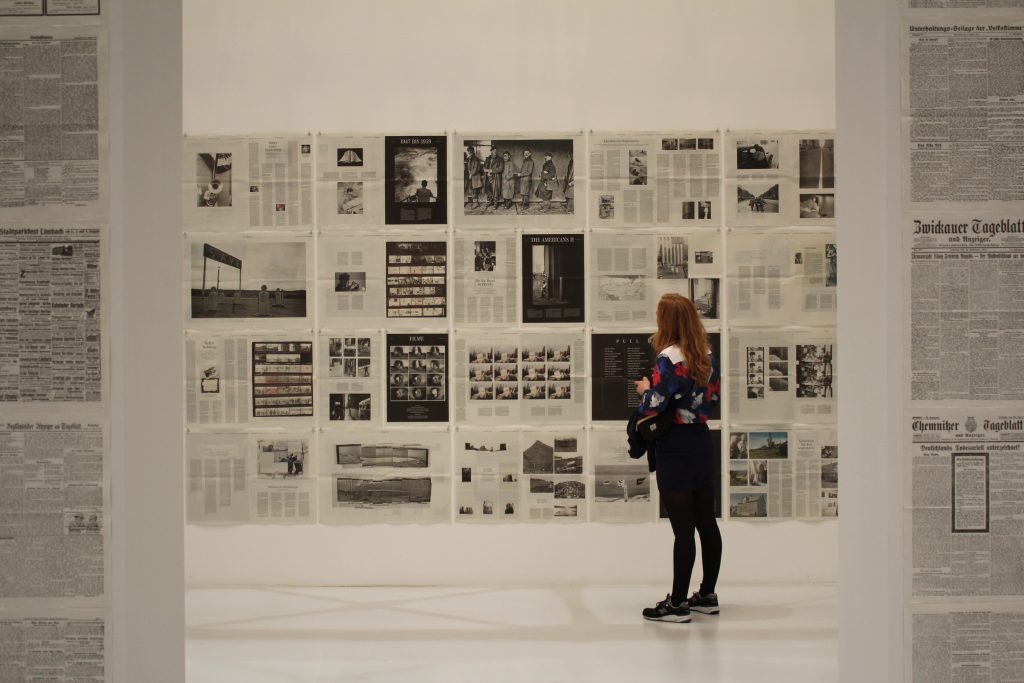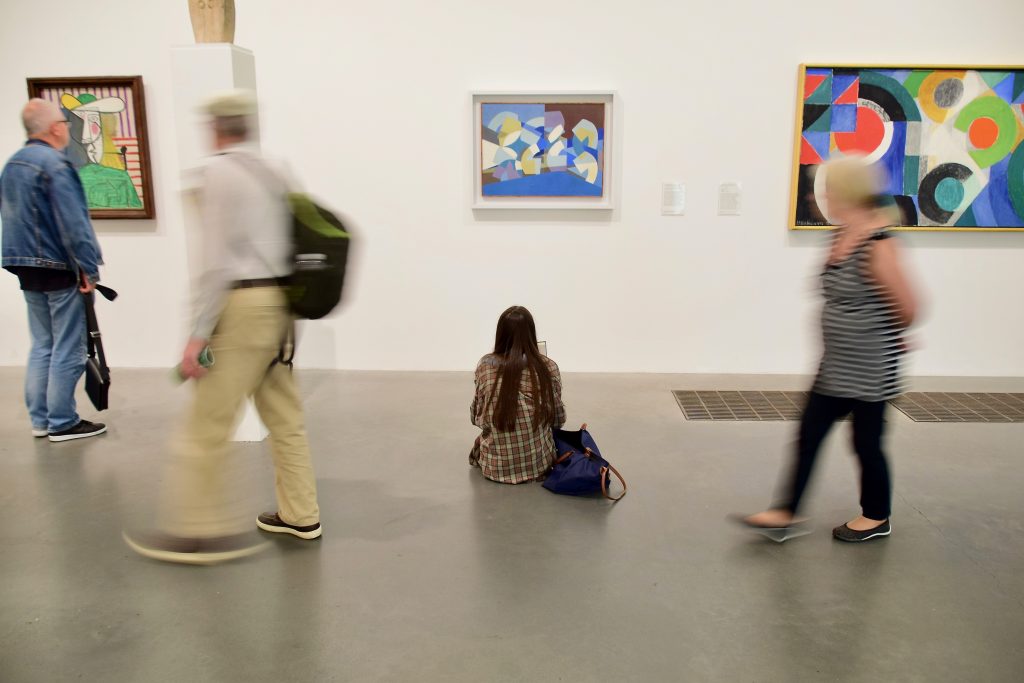Image caption: Co-hosts of Unboxing the Canon podcast, Associate Professor Linda Steer, left, and fourth-year Brock student Madeline Collins.
Originally published FRIDAY, OCTOBER 01, 2021 in The Brock News | by Gillian Minaker
Unboxing the Canon has made its return with the goal of doing a deep, critical dive into the history of western art.
The second season of the popular podcast from Linda Steer, Brock Associate Professor, History of Art and Visual Culture, is now live with new 20-minute episodes dropping monthly.
Unboxing the Canon look at issues that are part of the history of western art, examining how those issues played out historically and how they connect to contemporary culture and thinking.
The first episode dropped Sept. 17 and explores Orientalism and the Western Gaze. Upcoming episodes will address topics such as the representation of disability in western art, an art movement known as Primitivism connected to colonization, and the history of self-portraits, religion and landscape in paintings.
According to Steer, who teaches first-year Art History, asking hard questions about these topics is important to developing a deeper understanding of the canon.
“Students are hungry for a critical view of the western canon; they want to deal with the issues and unpack them and understand why they may be problematic,” Steer said. “When examining the long history of western art and its ties to imperialism, for example, we can ask important questions about iconic images that continue to have a tremendous impact on contemporary society.
Steer says listeners don’t need any prior knowledge of western art to enjoy the podcast. She started the project last year as a way for students in her first-year VISA 1Q99: Introduction to the History of Western Art class to take a break from their screens and do a little extra learning while taking a walk or relaxing at home.
Now, other instructors at the University and beyond are also using the podcast as a teaching tool. Each episode includes materials for further learning, including resources and websites where listeners can view the works of art being discussed.
This continued engagement is an aspect of the project that Steer and fourth-year History of Art and Visual Culture student Madeline Collins are passionate about.
Collins, who joined the podcast this season as a Research Assistant, said that images are not neutral and that there is a lot happening that viewers are not always aware of.
“There is so much behind what we see. We need to look critically and realize how biased, gendered, racialized and colonized images are at the forefront of our cultural memory,” she said. “It has been a part of the story the whole time, and once you see it, it totally changes your perspective moving forward. That is my favourite part about this podcast.”
In addition to co-hosting the podcast episodes, Collins is involved in all aspects of production, including conducting research, sound design and working closely with Steer on writing.
The pair have been working together since July so Collins could learn the sound design and editing software gearing up for the season.
Excited to be involved in the project, Collins, an avid fan of podcasts herself, said she has already learned so much from the experience.
“I’ve always been interested in podcasts and the incredible ways in which we can communicate ideas through them, especially for those who learn better through listening,” Collins said. “I have never been a part of anything like this before, particularly learning all about microphones and sound editing, and I am loving the experience.”
Unboxing the Canon is publicly available on all podcast services, including Apple, Google, Podbean and Spotify. For updates and information on future episodes, follow Unboxing the Canon on Instagram and Twitter.
The transcripts and sound files from each episode of Unboxing the Canon can be found in Brock’s digital repository.Visual Arts podcast launches new season challenging ideas of western art



